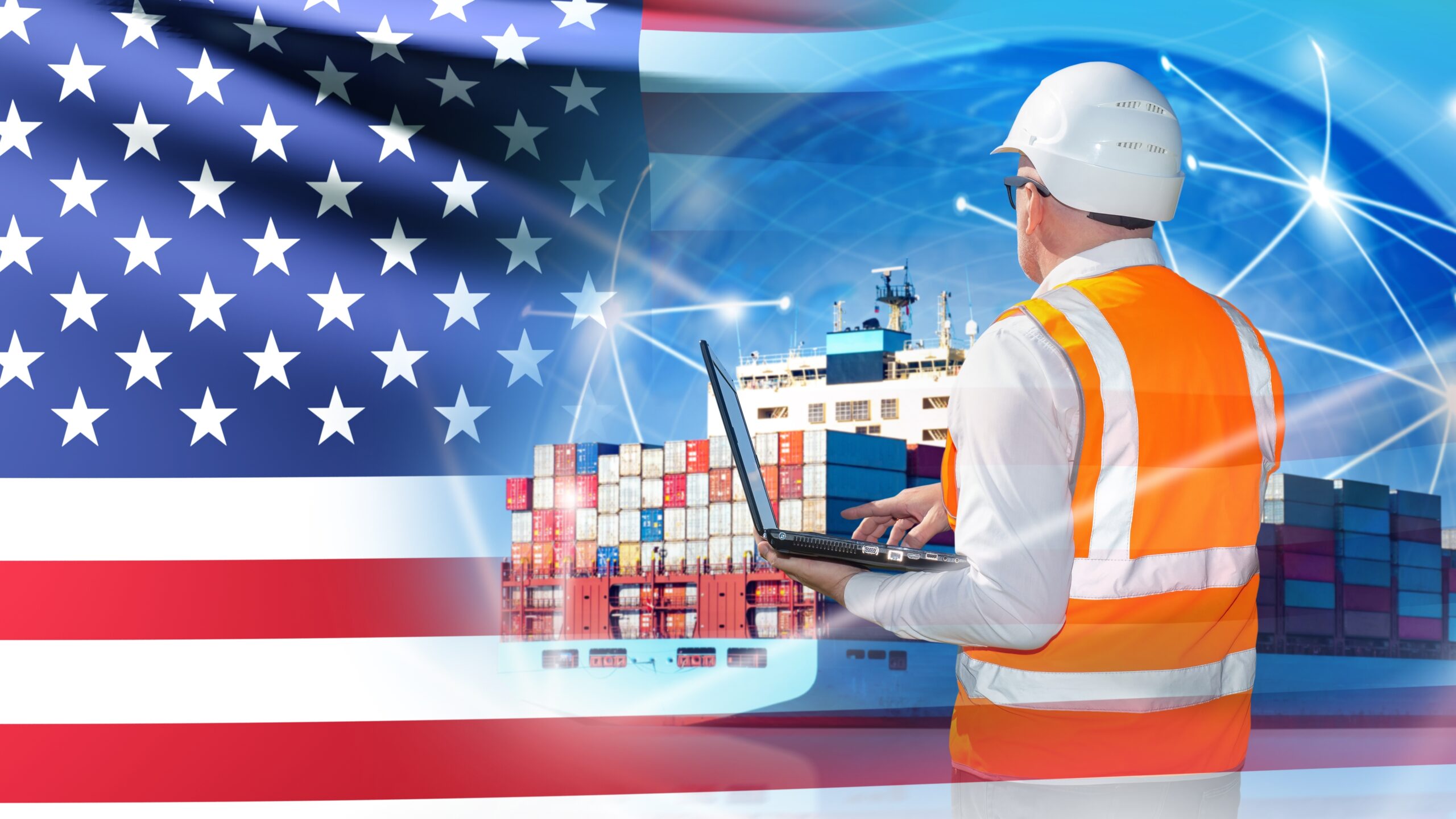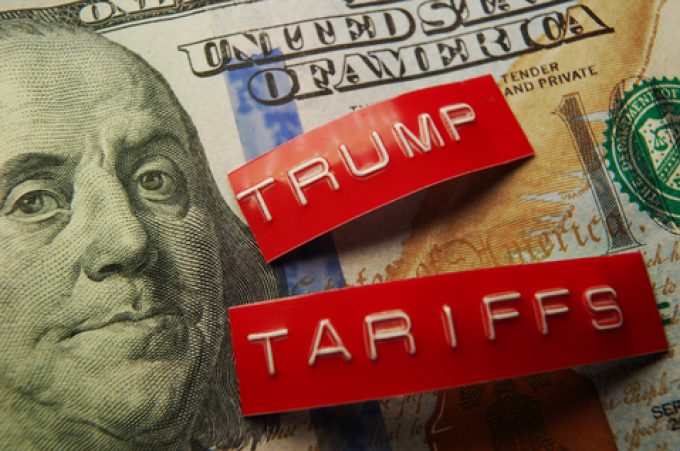
The White House has approved a one-year suspension of US port charges and other measures imposed under the Section 301 investigation targeting China’s dominance of the shipbuilding, logistics and global maritime sectors. The move, which took effect on November 10, 2025, marks a major easing of trade tensions that have unsettled global shipping markets throughout the year.
Also Read: Xeneta: US-China truce brings relief, but container rates deepen in 2026
The suspension, announced as part of a broader trade deal between President Donald Trump and President Xi Jinping last week in Busan, South Korea, covers all “responsive actions” related to Section 301 investigations while both sides negotiate a long-term maritime framework.
“The United States will suspend for one year enforcement of retaliatory actions taken pursuant to a Section 301 investigation into China’s targeting of the maritime, logistics, and shipbuilding sectors for dominance,” the White House said in a briefing note. In the meantime, the United States will continue to negotiate with China while deepening cooperation with Korea and Japan to revive American shipbuilding.
Cross steps from China
In return, China would drop its retaliatory measures, including sanctions against several shipping companies — believed to include units of South Korean shipbuilder Hanwha — and a one-year suspension of reciprocity fees for U.S.-related vessels.
Port charges originated in a Section 301 petition filed in March 2024 by the United Steelworkers (USW) and a coalition of labor unions. The petition accused Beijing of using state subsidies and non-market practices to dominate global shipbuilding. Following that complaint, the US Trade Representative (USTR) ruled in January 2025 that China’s maritime and shipbuilding policies were “unreasonable” under US trade law.
“Today, the United States ranks 19th in the world in commercial shipbuilding with fewer than five ships a year, while China builds more than 1,700 ships,” said Catherine Tay, former USTR in the Biden administration. China’s dominance in this sector undermines fair competition and is the biggest obstacle to the revival of US shipbuilding.
The suspension covers extensive maritime actions
The White House said the suspension would apply not only to port fees for China-bound ships — which took effect Oct. 14 — but also to potential tariffs on Chinese-made cranes and cargo handling equipment, foreign-made car carrier fees and rules related to LNG shipping incentives.
While the move eases immediate financial pressure on shipping operators, it also raises questions about the future direction of US industrial maritime policy.
The industry is divided by impact
Labor representatives showed different reactions. Roy Hausman, legislative director of the United Steelworkers, called the suspension “a truce with an end” and warned that Washington still lacks a coherent plan to rebuild domestic shipyard capacity.
“Fifty-three percent of all global ship orders by tonnage went to China in the first eight months of 2025,” Hausman said. “This level of concentration is unhealthy. We need policies that really strengthen U.S.-based shipbuilding.”
However, shipping industry groups widely welcomed the decision. The International Chamber of Shipping (ICS) described the suspension as a “positive and stabilizing step”, noting that the previous fee regime had already caused “significant challenges and disruptions” to global trade.
Joe Crumack, president of the World Shipping Council, echoed this sentiment:
Global trade flows best when it flows freely. The suspension of shipping charges by the US and China is a win for exporters, importers and consumers.
Next Steps: Regulatory details are still pending
Despite the White House’s approval, maritime legal experts cautioned that details still depend on future regulatory filings.
Brian Maloney, a partner in Seward & Kissel’s maritime and shipping group, said: “The government’s fact sheet sets the timeline, but the official statutory language defines the actual scope of the suspension.” “The USTR public comment period for the Section 301 exploration closes on November 10, so final regulatory action will likely come shortly thereafter.”
For now, the temporary moratorium is a welcome opportunity for shippers caught in the middle of dueling trade measures, but industry observers say at just one year, the truce may simply postpone deeper political battles over how to restore the competitiveness of U.S. shipbuilding in the face of China’s global maritime dominance.



